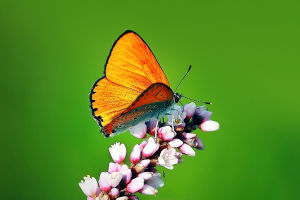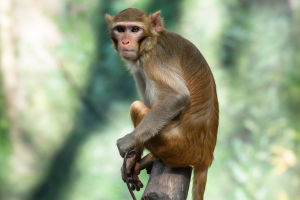Have you ever been amazed by how ants work together seemingly without a leader, yet accomplish incredible feats?
Today, we'll explore the fascinating collective intelligence of ants—how they communicate, make decisions as a group, and solve complex problems through cooperation.
By understanding their behavior, we can learn valuable lessons about teamwork and decision-making in our own lives.
What Is Collective Intelligence in Ants?
Collective intelligence refers to the ability of a group to perform tasks and solve problems that individual members alone could not manage. In ants, this emerges from simple interactions among individuals following basic rules. Without any central control, ants coordinate their actions to build nests, find food, defend their colony, and adapt to changes in their environment.
This group intelligence allows ants to respond flexibly and efficiently to challenges, making their colonies highly successful in nature.
How Ants Communicate and Share Information
Ants rely heavily on chemical signals called pheromones to exchange information. When a forager finds food, it leaves a pheromone trail on its way back to the nest. Other ants detect this trail and follow it, reinforcing the path if the food source is good. This positive feedback loop helps the colony quickly identify the best food locations.
Besides pheromones, ants use tactile signals like antennae touching and body movements to convey messages. These communication methods enable ants to share knowledge about threats, resources, and nest conditions.
Group Decision-Making in Ant Colonies
When faced with choices, such as selecting a new nest site, ants use a decentralized decision-making process. Scouts explore potential sites and recruit others by laying pheromone trails. Over time, more ants visit the best sites, and the colony gradually reaches a consensus without any individual directing the process.
This collective decision-making is robust and efficient, balancing speed and accuracy. It also allows the colony to adapt if conditions change or new information arises.
Problem-Solving Through Cooperation
Ants can solve complex problems by working together. For example, driver ants form living bridges with their bodies to cross gaps, and leafcutter ants coordinate to harvest and transport leaves to their fungus farms. These cooperative behaviors emerge from simple individual actions combined with local communication.
Such teamwork allows ants to tackle challenges that would be impossible for a single ant, showcasing the power of collaboration.
What We Can Learn from Ants
Ant colonies teach us the value of decentralized decision-making, effective communication, and cooperation. In human contexts, these principles inspire innovations in robotics, computer algorithms, and organizational management.
By observing ants, we realize that complex problems can be solved through simple rules followed by many individuals working together, without needing a central leader.
Let's Reflect and Share
Have you noticed examples of teamwork or collective problem-solving in your daily life? How do you think we can apply lessons from ants to improve collaboration? We invite you to share your thoughts and experiences.
Together, by learning from nature's tiny engineers, we can enhance our understanding of teamwork and make better decisions as groups. Thanks for joining us in exploring the remarkable collective intelligence of ants!


